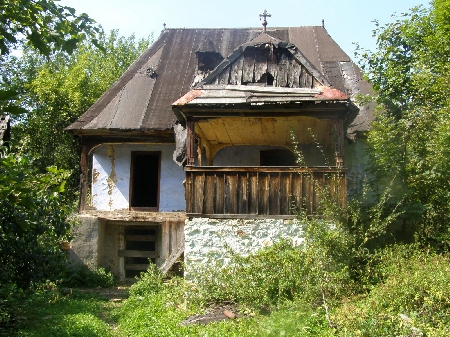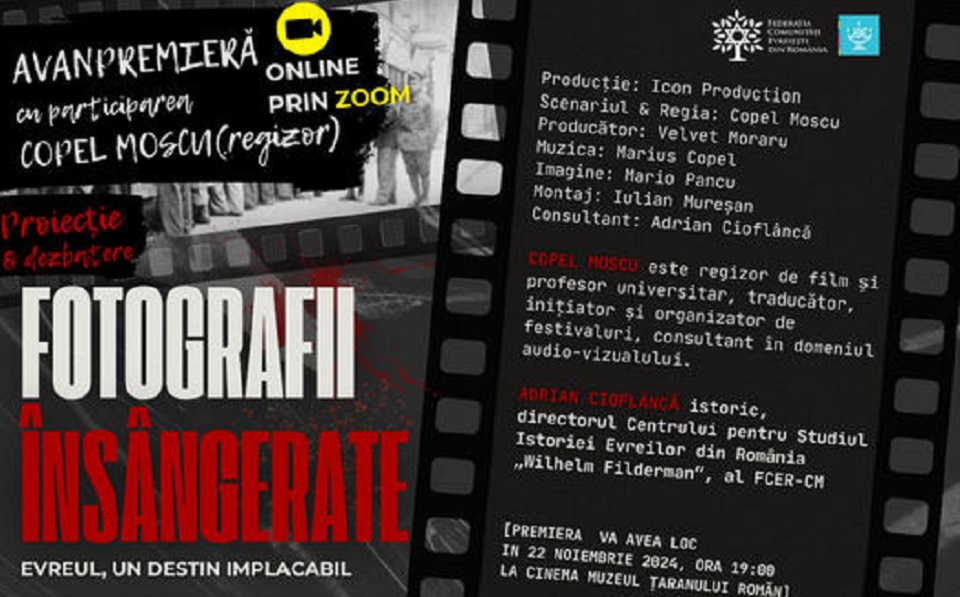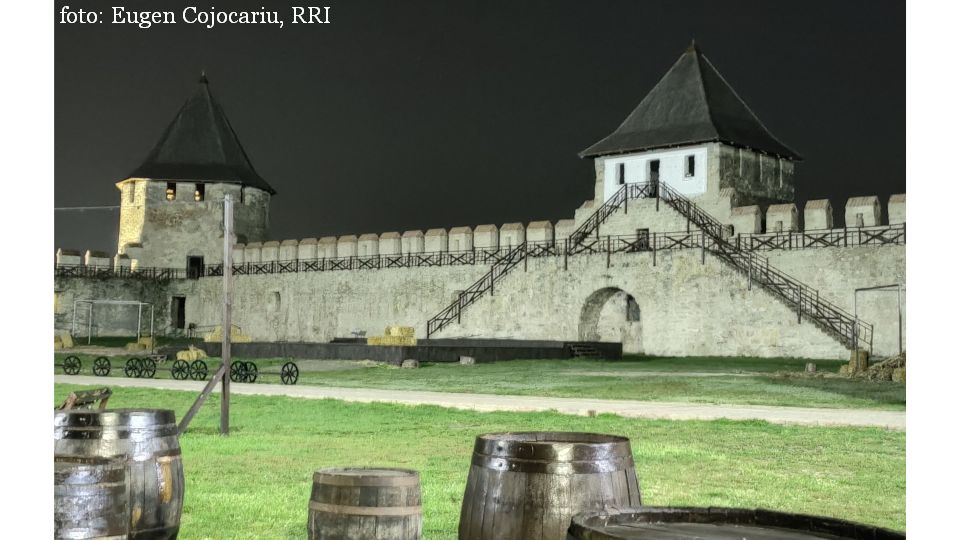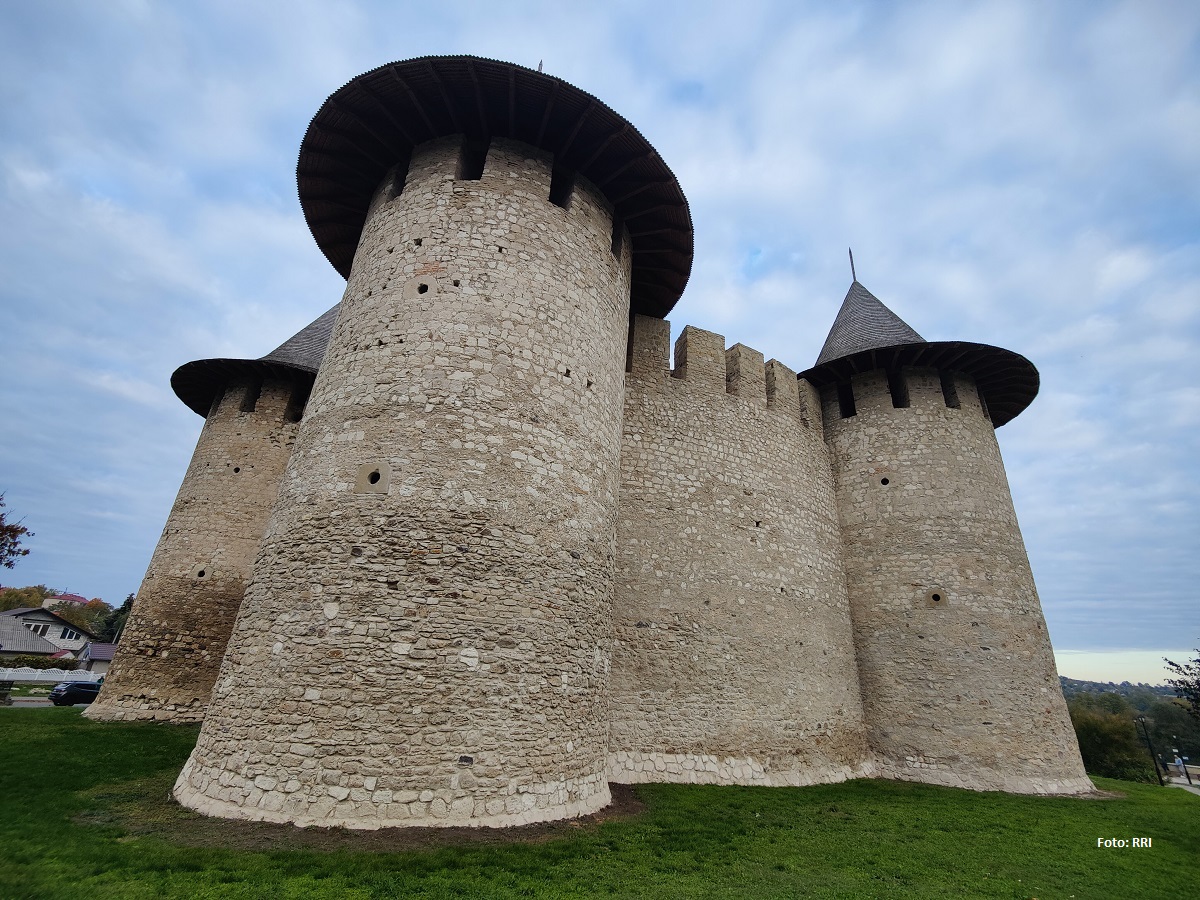The ASTRA Museum of Traditional Folk Civilisation
The Astra Museum of Traditional Folk Civilisation is located in Dumbrava Sibiului, on the outskirts of the city of Sibiu, in the centre of Romania.

Christine Leșcu, 12.01.2013, 13:28
The museum has long been famous among those who love tradition and ethnography, but also among tourists. It lies right at the heart of the Dumbrava Sibiului Natural Park, with its 10 km of walkways where nature lovers can take short trips by foot or by carriage or sledge during winter. Tourists can also enjoy rowing on the nearby lake. An open-air museum, Astra is similar to the Dimitrie Gusti Village Museum in Bucharest in terms of ethnographic value. They differ, however, in terms of layout. Instead of following the topography of the traditional village, the 150 pieces displayed in the Astra Museum are divided into different thematic groups.
The houses, churches, public buildings, workshops and mills spread over the museum’s 42 hectares are divided into six theme groups, namely: processes and techniques to obtain animal and vegetable food products; transportation and communication; techniques to obtain the raw material used in the production of household goods and construction materials; the processing of animal skin and fibre for household use and clothing; public buildings; and an exhibition of monumental sculpture.
The beginnings of the Astra Museum date back one hundred years. The museum has constantly enriched its collection thanks to intense research activities. The field research continues despite the fact that financing has dwindled in recent years. Ciprian Stefan, the director of Astra, told us more about the research activities carried out by his museum:
Ciprian Stefan: ”As far as research is concerned, we’re doing well. We have a young team eager to do fieldwork. We’re currently trying to finalise the thematic project for the open-air museum initiated in 1963. We hope to finish the project in the next three years. To this end, we carry out research all over the country, especially in north-eastern Romania, Transylvania and the south of the country. Our research is not restricted to identifying the monuments that could form part of the museum. We go even further, by providing the interested local authorities with the possibility of cooperating with our museum and by making them aware of the existing rural development strategies aimed at promoting their local cultural heritage.”
Some of the monuments identified by researchers are first dismantled and then transported to the Astra Museum and reassembled. Others are left on their original site, but are restored so as to become a point of attraction. This is not possible, however, without cooperation from the local authorities and cultural institutions. Ciprian Stefan explains:
Ciprian Stefan: “This summer we had a partnership with the Summer University held in Bucium, a village in Alba County, under the aegis of the Romanian Academy. We were very happy to find that the mayor was interested to work with us to promote the heritage of the wonderful village of Bucium, one of the most beautiful in the Apuseni Mountains. This implies the restoration of an old school to become operational again and be able to host workshops and also include accommodation facilities. We have also drafted a project involving three villages in the Apuseni Mountains to promote the region’s heritage.“
In the meantime, the Astra Museum in Dumbrava Sibiului welcomes its visitors with its valuable heritage collection.






























